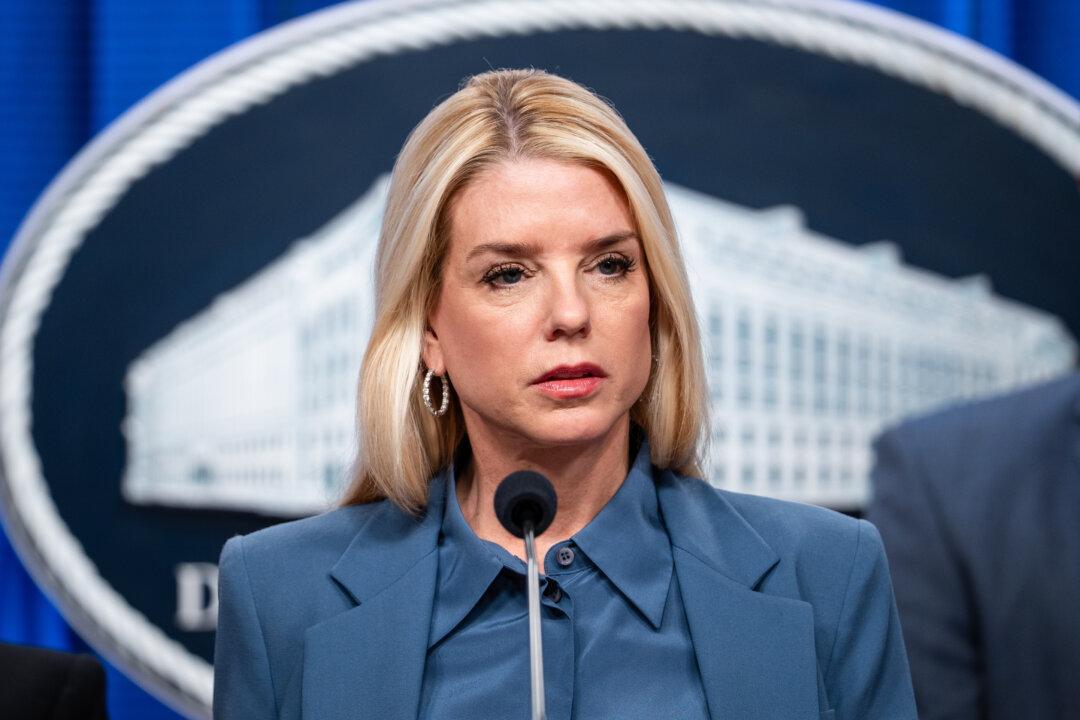A study has suggested that Ohio’s pandemic-related lottery, in which people who had a COVID-19 vaccine were entered into a $1 million prize drawing, wasn’t effective.
Ohio Gov. Mike DeWine has frequently touted the alleged success of the state’s Vax-a-Million lottery since it was rolled out several months ago. Children who get vaccinated were entered into a drawing for a full-ride scholarship at one of Ohio’s universities.





